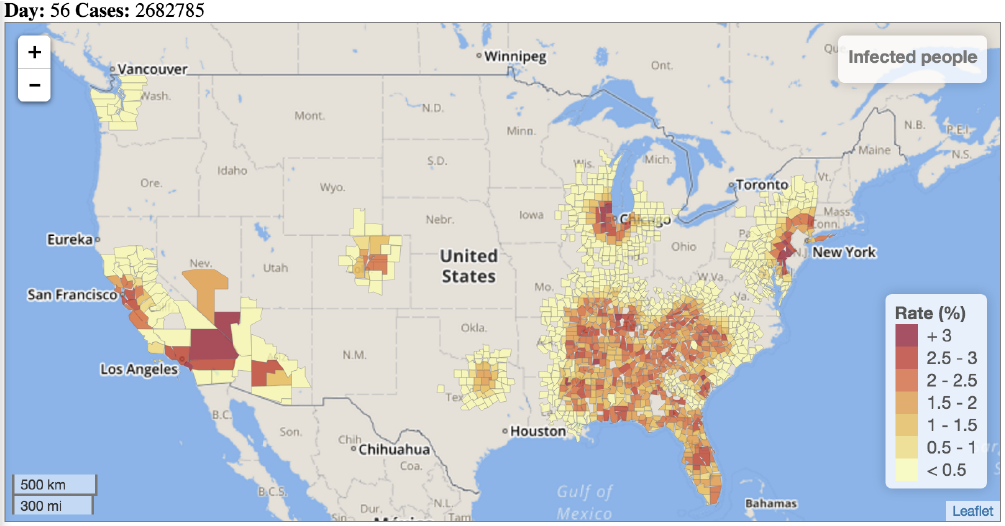General News
Ivan Sutherland Honored
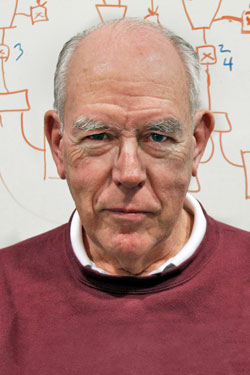 Ivan Sutherland, a University of Utah computer science luminary who taught the likes of Ed Catmull, Alan Kay and was co-founder of the computer graphics firm, Evans & Sutherland, was honored with the Washington Award from the Western Society of Engineers. The award was handed out Feb. 23 during National Engineers Week at the 2018 Chicagoland Engineering Awards Benefit in Rosemont, Ill.
Ivan Sutherland, a University of Utah computer science luminary who taught the likes of Ed Catmull, Alan Kay and was co-founder of the computer graphics firm, Evans & Sutherland, was honored with the Washington Award from the Western Society of Engineers. The award was handed out Feb. 23 during National Engineers Week at the 2018 Chicagoland Engineering Awards Benefit in Rosemont, Ill.The Washington Award is given out annually to a professional engineer whose work has advanced the welfare of society. It was established in 1916.
Widely regarded as "The Father of Computer Graphics," Sutherland is known for his pioneering research in the development of graphics along with colleague David C. Evans, who became the University of Utah's first chair of the computer science department.
Sutherland earned his bachelor's in electrical engineering from then Carnegie Institute of Technology (now Carnegie Mellon University), a master's from the California Institute of Technology and a doctorate from the Massachusetts Institute of Technology. He was a professor of computer science at the U from 1968 to 1974 during the department's historic period in computer science which generated other well-known legends such as John Warnock, Jim Clark, Nolan Bushnell, as well as Catmull and Kay.
Alex Lex Receives NSF Career Award
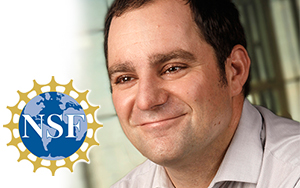 Congratulations to Alex Lex, who has officially received an NSF CAREER Award.
Congratulations to Alex Lex, who has officially received an NSF CAREER Award.Enabling Reproducibility of Interactive Visual Data Analysis
Reproducibility and justifiability are widely recognized as critical aspects of data-driven decision making in fields as varied as scientific research, business, healthcare, or intelligence analysis. This project is concerned with enabling reproducibility and justifiability of decisions in the data analysis process, specifically as it relates to visual data analysis. Visualization is an important tool for discovery, yet decisions made by humans based on visualizations of data are difficult to capture and to justify. This project will develop methods to justify, communicate, and audit decisions made based on visual analysis. This, in turn will lead to better outcomes, achieved with less effort and cost. The increasing use of visual analysis tools for decision making will make data analysis accessible to a broad variety of people, as visual analysis tools are generally easier to use than scripting languages and do not require extensive computational and statistical training. This research and its related activities increase accessibility and enhance the data analysis infrastructure for research and education.ViSUS LLC invited to CES
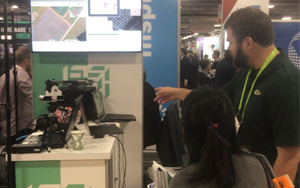 ViSUS LLC is one of 16 start-ups selected to exhibit in the NSF SBIR (“America’s Seed Fund”) pavilion at the 2018 CES Eureka Park.
ViSUS LLC is one of 16 start-ups selected to exhibit in the NSF SBIR (“America’s Seed Fund”) pavilion at the 2018 CES Eureka Park."With access to more than 3,500 financial professionals, 7,000 members of the media, key investors and suppliers, Eureka Park provides startups with a unique opportunity to showcase their ingenuity" [CES].
Yiliang Shi receives honorable mention for the CRA's Outstanding Undergraduate Research Award
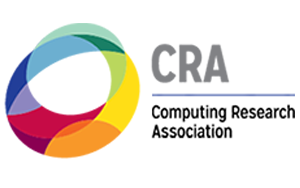
Congratulations to Yiliang Shi, who has been selected for honorable mention for the Computing Research Association's (CRA) Outstanding Undergraduate Research Award.
The award program recognizes undergraduate students in North American universities who show outstanding research potential in an area of computing research.
Technology from “Harry Potter” Movies Brings Magic of Brain into Focus
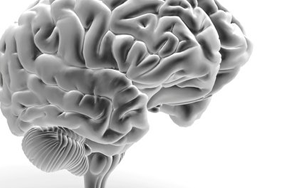 Software lets scientists explore the brain in 3-D and perform "virtual dissections"
Software lets scientists explore the brain in 3-D and perform "virtual dissections"
By Bahar Gholipour, Spectrum on November 19, 2017Article originally appears in Scientific American
The same techniques that generate images of smoke, clouds and fantastic beasts in movies can render neurons and brain structures in fine-grained detail.
Best Paper: CANDAR 17
Best Paper: ESPM2 2017
Air Quality & U, Empowering Citizens through Science
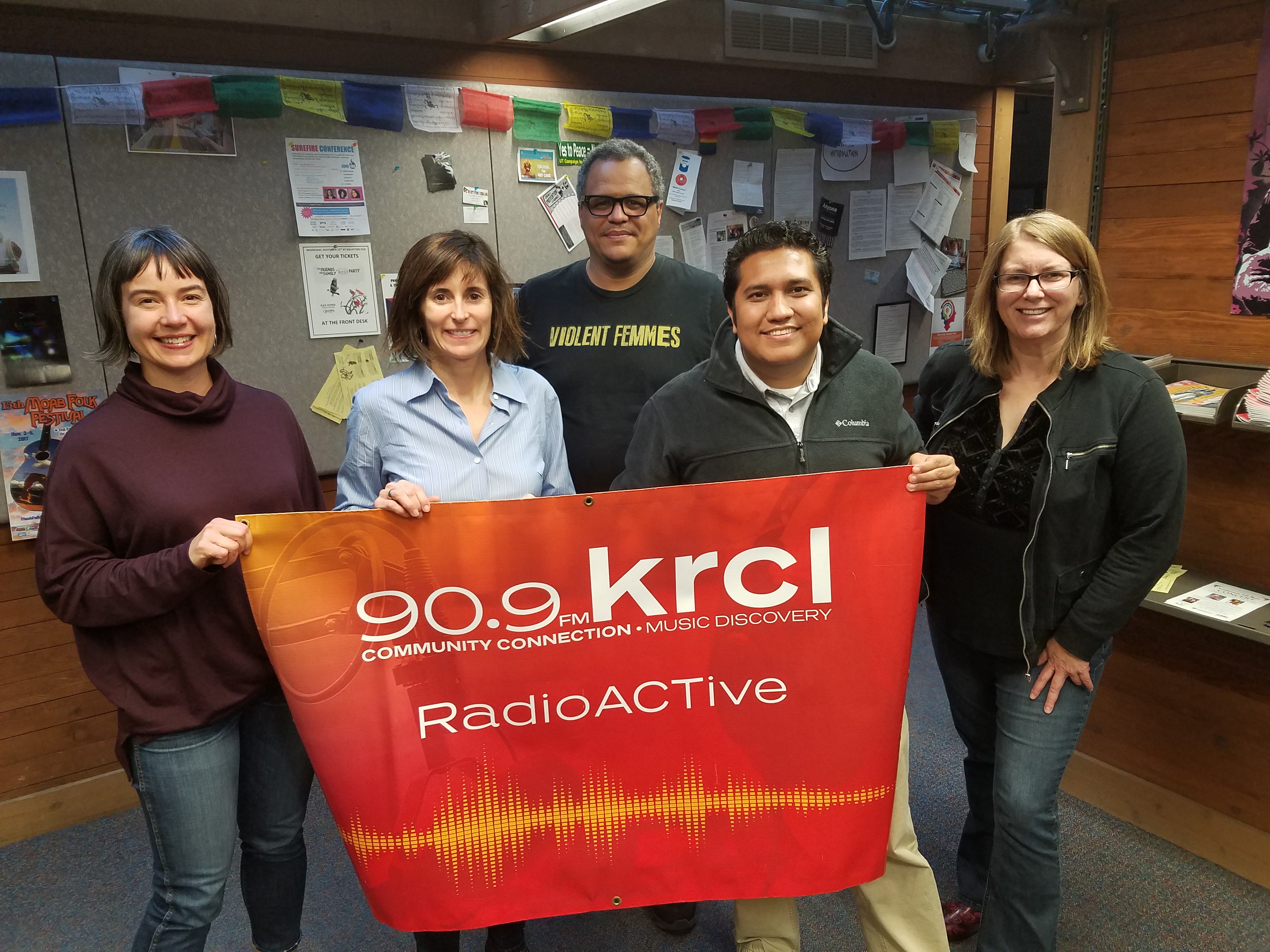 Miriah Meyer and Kerry Kelly talk with KRCL's RadioActive, hosted by Billy Palmer and Lara Jones, on Air Quality and You: Empowering Citizens Through Science.
Miriah Meyer and Kerry Kelly talk with KRCL's RadioActive, hosted by Billy Palmer and Lara Jones, on Air Quality and You: Empowering Citizens Through Science. Low-cost commodity sensors are changing how cities and citizens measure and manage air quality. Through a suite of projects at the U we are building infrastructure that will enable real-time, fine-grained estimates of air quality both inside and outside of homes across Salt Lake City. In this presentation we’ll talk about the science of air quality, the computational challenges of developing rigorous air quality estimates, and our efforts to engage with citizens across the city.
Listen to the discussion on RadioActive
Valerio and Kree Receive IEEE Visualization 15 Year Test of Time Award
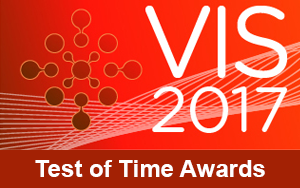 Congratulations to Valerio Pascucci and Kree Cole-McLaughlin on receiving the IEEE Visualization 15 Year Test of Time Award for their paper "Efficient computation of the topology of level sets."
Congratulations to Valerio Pascucci and Kree Cole-McLaughlin on receiving the IEEE Visualization 15 Year Test of Time Award for their paper "Efficient computation of the topology of level sets."Using topological approaches to analyze level sets from scalar field has been an important branch of methods in the SciVis community. While the theories of contour trees had been known prior to this paper, efficient and robust computation of contour trees and other topological features from a discrete data set has been a challenge. In this paper, the authors provided a detailed account of the implementation of contour tree computation. The improved efficiency and the enhanced feature namely the Betti number makes the topological approach more practical and accessible to the scientific community. Considering the citation counts, the importance of the work, and the potential impact to the application areas, the SciVis Test of Time award committee selected this paper as the 2002 SciVis Test of Time award winner.
2017 NERSC Award for Innovative Use of HPC
https://www.nersc.gov/news-publications/nersc-news/nersc-center-news/2017/nersc/
